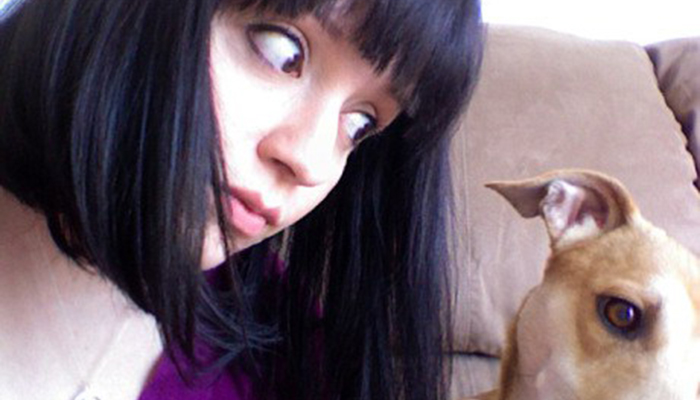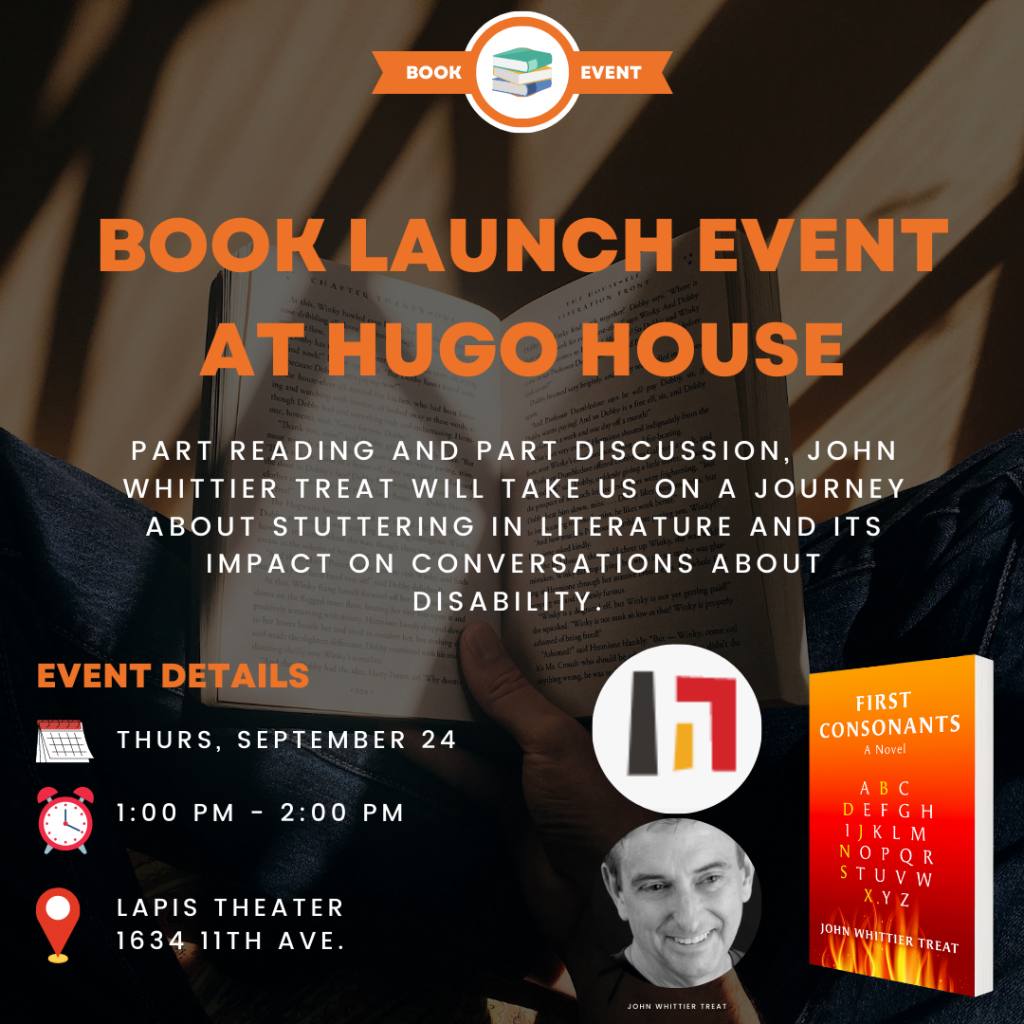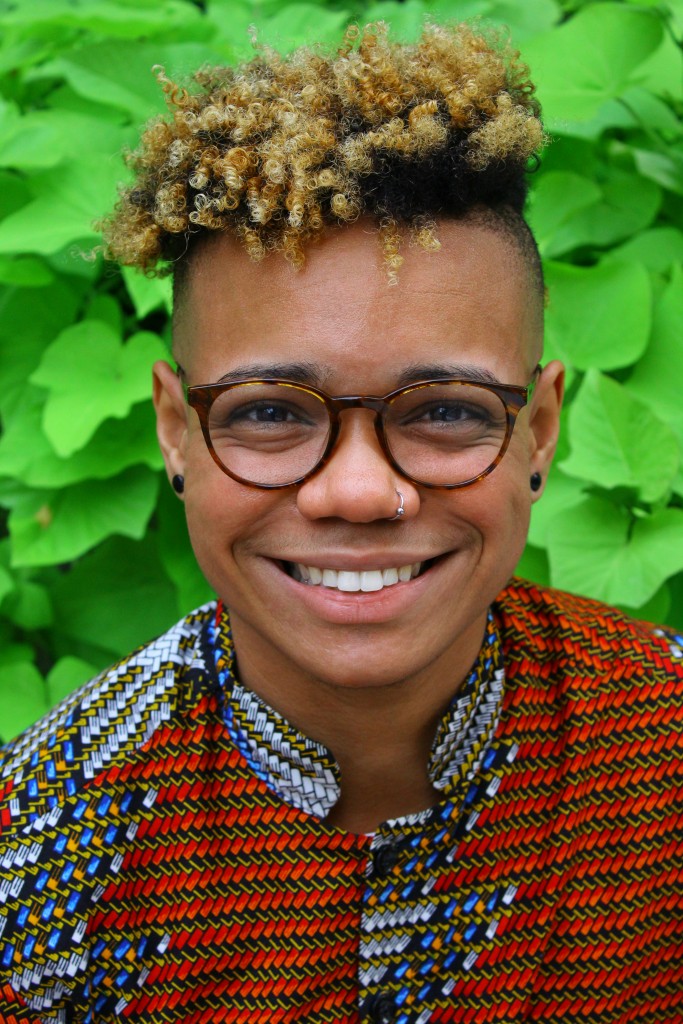It’s nearly impossible to create the human likeness to perfection. Beyond mere resemblance, art and engineering both try to overcome the hypothesis known as the uncanny valley: a human’s innate repulsion to what is eerily lifelike. It’s the reason wax sculptures are always slightly amiss and some of us harbor a deep fear of dolls. We know what’s human and what isn’t quite. And writers face exactly the same challenge.
Easy is the task of writing about ourselves — we’re egotistical and thrive on the constant reassurance that we exist, that our feelings and problems matter to others. But what can we do to bridge the gap between soliloquy and storytelling? What is it that assures the reader we’re human, and how do we connect?
It can be difficult when, even in our minds, we carry several versions of the truth. There’s the realistic, detailed version we could recount like a witness at a crime scene: He was wearing black shoes and a blue jacket. I was standing to the left of the door. Then there’s the version we tell our friends, the version we need in order to recount our experience: He reminded me of my ex-boyfriend. I can’t be sure if it was his height or the fact he was being arrested. But it’s the third version writers need the most: the internal story: I was afraid. But he was so familiar I almost wanted to go to him, hold him. I wanted to say, “I love you.”
It’s a challenge to uncover the right version of ourselves. We sometimes consider the audience too much, falling into the trap of trying to shape their emotional conclusions. Our predetermined ideas of truth and, subsequently, of self are what create the uncanny valley. We write ourselves incompletely. We portray ourselves as almost lifelike. But a good audience, a human audience, will know the difference.
We can only reveal humanity once we move past the self-image we wish to portray. Whether casting a positive or negative light, we can’t achieve any reaction by saying, “look how bad or good I am; look at how ugly, sad, or joyful this is.” Storytelling isn’t about spoon-feeding others how we want to be seen. It’s about the prism spectrum of their emotional reaction. We can guide the story in one direction or another, but we must leave it up to the reader to decide if we are bad or good. Humanity lies in the gray area.
As writers, we are asked to bare our thoughts without indemnity, leaving ourselves open to criticism and ridicule based on our deepest emotions. For example, I can write that I resent my father for his illness, but I can’t control how a reader might feel about that. One person may have empathy, and another may find me cruel or selfish. It all depends on how much of the story I choose tell. If I say I’m an only child, used to being the center of attention, I can make a reader hate me. If I say I’m tired and afraid, I can garner unnecessary pity. It’s only when I tell the entire version of the truth, that the guilt of resentment combined with the simultaneous love and loss shreds me like ground beef, that I become human. Once I’m human, the reader connects; once that connection is made, the reader can react.
One trick animators use to avoid the uncanny valley is making sure photorealistic characters don’t have inhuman qualities. For example, creating a hyperrealistic animation whose neck is slightly crooked or arms too long will make viewers respond with unconscious revulsion. Any unusual features are off-putting, and the same can be said for characters on the page. It might be easy to paint our friends, parents, or lovers in static fashion; as children we’re trained to easily identify villains and heroes. But tempting as it may be to stick to that mold and say, “my boyfriend cheated on me multiple times over several years,” a reader will be able to tell they’re not getting the entire story. To write effectively, I can’t just reveal his mistakes. I must reveal myself. The truth of that story isn’t how he hurt me; that can be saved for chit chat over margaritas. The story is bigger than that. The story is why I stayed. I can’t write to make a real connection with anyone if there is nothing to connect to but the hateful outline of a boy I used to know. Conversely, what good is it to reveal my actions without the added ingredient of his presence. Both of us are necessary to recreate the truth.
While perspective is unavoidable, we reveal as much about ourselves by what we omit as what we share. Just as Confucius warns us revenge digs two graves, writing about others tells two stories. I can, of course, make the choice whether or not to paint the characters of my life harshly, but I must be prepared to accept rejection of my perspective. Quality readers are able to make the distinction between full and half-truth. I could write in affirmations, seeking approval and agreement, but quality readers, I also believe, rely on some level of emotional discourse. It’s the journey through the weeds and potholes that connects the writer and the reader. If I do it right, I can hold up a mirror to my own life and a reader will see his or herself. Not just a layer or a part, but a whole. A human.
Writing is about lasting connections, leaving the reader with a vibration long after they’ve finished. The beauty of it is that we can overcome the inhuman barrier sculptors can’t. We can bypass the uncanny valley of vacant eyes or a disproportionate nose and see each other clearly, just by using words.
But what can we learn from artists? One of the first techniques any artist learns after crayons is how to use shading and light. It’s the artist’s job to know the source of the light and which direction shadows are created. Just like with graphite, the same holds true for writing. Part of portraying the human experience is focusing on those relationships, both internal and external. Much like the stories of my cheating other half or my father’s illness, any story on which I choose to reflect must have certain points of light and dark, good and bad. Without a glimpse of what keeps us going, how can we tell our stories of sadness? If we don’t share our deepest loves, how can we express the fear of losing them?
It’s our job as writers to infuse humanity into the stories we tell.
The most powerful writing happens when anguish brushes up against joy and darkness gives light the shivers.





